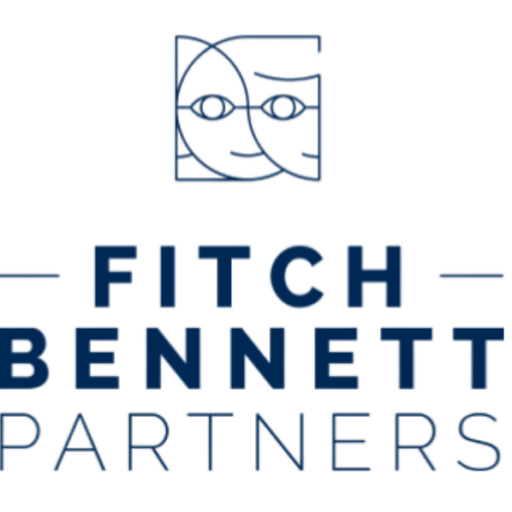As a key role in the engagement and retention of its executives, the onboarding of new talents is an important moment for a company. More than just saying “welcome”, professionals often speak of the “onboarding process”, which implies that every new employee will be entitled to a precise sequence of operations in order to have a certain level of information to carry out his or her new tasks properly. How can this be done successfully? Let’s find out!
The definition of onboarding
Onboarding an employee is a real process for welcoming and integrating a new team member into the company. It starts before the new talent joins the team and can last for months to reach the desired level of productivity. In order to reinforce the knowledge of the employer brand of this new recruit, it is essential to prepare for his or her arrival. The stakes are high since the onboarding’s success will determine the nature and quality of the link between the new employee, the old team members and the company, throughout his or her career, regardless of his or her level in the organisation.
Please note this onboarding process is vital for the whole team, regardless of their hierarchy. On a different scale, for example, the onboarding of Comex members (executive committee) remains a major challenge. Communication will also be a key notion here: it is necessary to be able to deploy a solid strategy in order to create a real relationship of trust between the members of the Comex. It is at this stage that the Executive manager intervenes and warns those who are already part of the team in advance.
How to succeed in the onboarding process?
Keeping in touch with the employee before its integration
The time between the promise of employment and the arrival in the office can be relatively long. To keep your new employee motivated, keep in touch with him/her. For example, you can keep him/her informed about the progress of a project they will be involved in when they join the company, or about news about your organisation.
Communicate on the arrival of the new recruit to inform the existing teams
For a successful integration from day one, provide your teams with information about the newcomer. For example, you can send an internal email with a description of the newcomer’s profile and the position he/she will occupy. To start the introductions, you can also include them in internal communication groups.
Have a proper workspace ready for his/her day of arrival
This may seem like a small thought, but the workspace is the primary environment for achieving your goals and feeling good about yourself. Providing him/her with the necessary resources to accomplish his/her work is the first thing to do. To prepare him/her, you need to think about :
- computer equipments and access;
- badge access;
- the creation of a professional e-mail address and identifiers for business and organisational tools (internal social networks, instant messaging, intranet, etc.).
To personalize your welcome and establish your employer brand even more, you can also offer a welcome pack with:
- Very corporate goodies (a cup, a tote bag, etc.);
- A pen and a basket;
- Good tips for parking and eating around the new workplace.
A welcome email can complete the package to give them information on their arrival, send them an organisation chart or give them visibility on the next few days and their first meetings (since you will have created an integration plan as follows).
Create a structured and supportive integration plan
Once the introductions and welcome have been made, the next few days will also be crucial for the well-being of your new recruit. For this reason, you can create a structured plan (the first 100 days) to organise his first few weeks by arranging them with his first assignments and meetings with his teams. To ensure that he is advised and guided from the start, you can assign him a mentor.
Preparing your managers
As you can see, managers have a key role to play at this point. They need to be trained and regularly challenged on this subject. The manager’s role is to supervise the newcomer, so he or she must be able to set aside time to get to know the newcomer and identify his or her needs and expectations. Weekly one-to-one meetings can be a good option to create a link, reassure and facilitate the newcomer’s adaptation within the company.
Warn the teams
Although like a newborn, your new recruit is the center of attention, former employees should not be neglected. This can lead to frustration and jealousy. Therefore, make sure that you inform the employees (apart from the managers) of the exact arrival of this new team member so that they do not feel neglected or left out!
Don’t forget that the future manager also has responsibilities…
If preparation on the part of the company is important, preparation on the part of the executive is no less important! Rightly so, if it is the company’s role to introduce the newcomer to the rest of the team, it is the candidate’s responsibility to know how to introduce himself and make his integration as pleasant as possible!
Thinking about job coaching
To accompany the arrival of the new executive, the host company can invest in coaching sessions for the new position. This is the case when a person moves from a completely different business sector or industry. Coaching for taking up a position can be a perfect lever to reassure and help the newcomer integrate into the team!
Amongst other things, Fitch Bennett Career Management provides a tailor-made approach for executives in career transition, adapted to the situation and ambitions of each individual. We can conduct specific personal development coaching sessions in order to remove limiting beliefs and work on leadership posture while accompanying the managerial transition.




